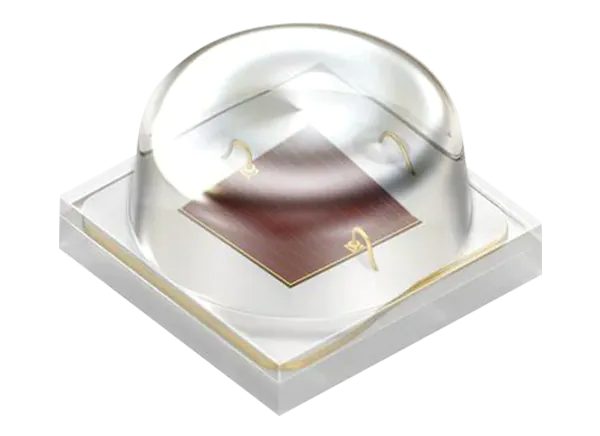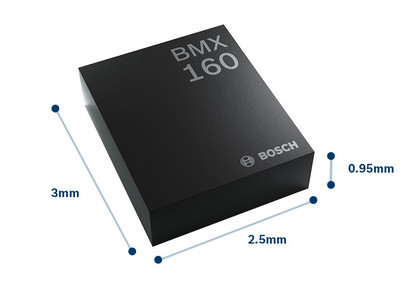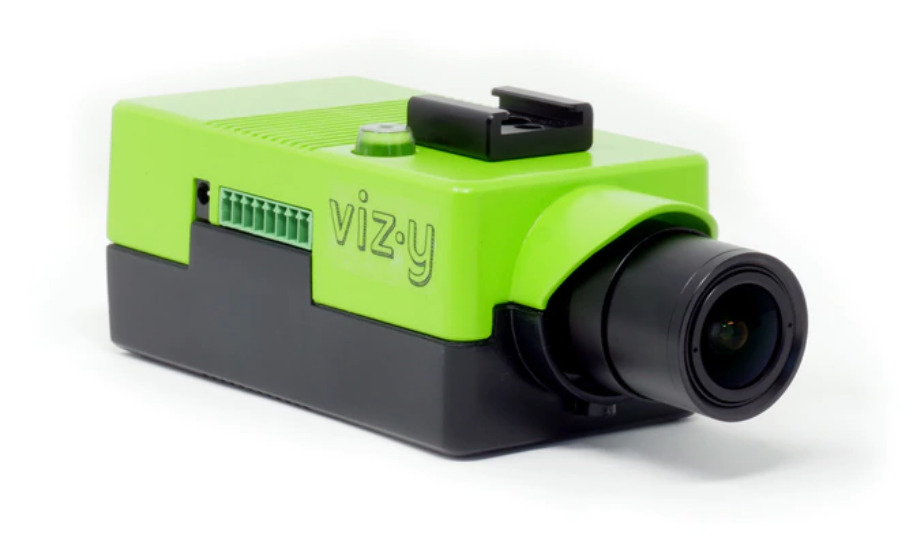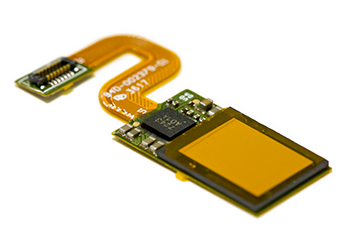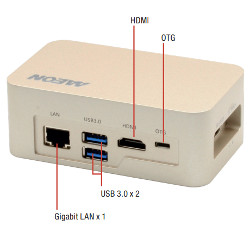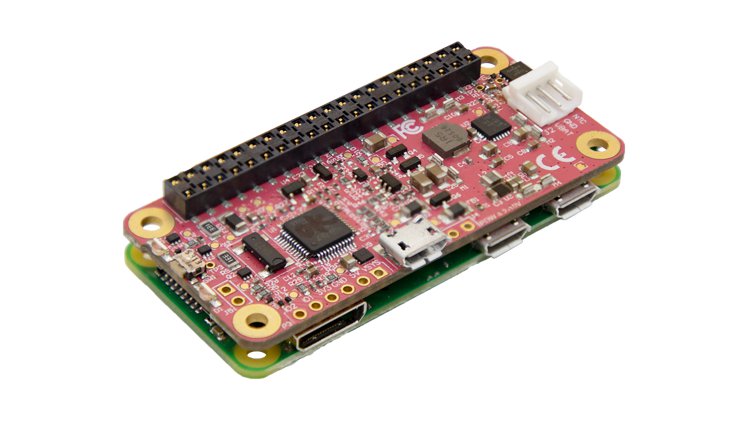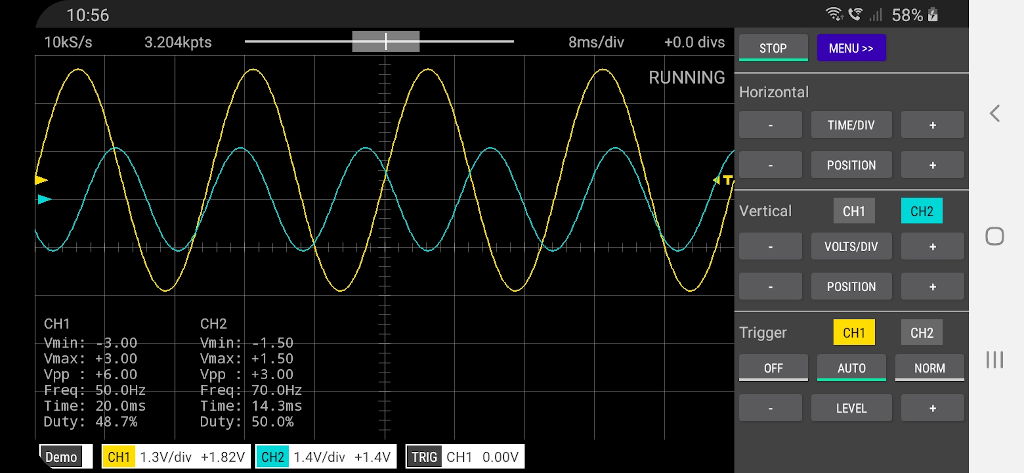
Scoppy: A Minimalist Oscilloscope and Logic Analyzer Powered by Raspberry Pi Pico
Oscilloscopes are one of the most essential laboratory tools for electrical engineers. These scopes graphically display varying signal voltages on a two-dimensional plot as a function of time. The waveforms can be used to analyze useful signal properties like amplitude, frequency, rise time, time interval, distortion, and many more. The signal to be measured are fed to an input connector via a coaxial connector. Oscilloscopes are widely used in the electrical field, telecommunications industry, automotive domain, scientific laboratories, and biomedical fields. For various applications, there are special-purpose oscilloscopes that can be used to analyze a particular signal as a function of time. For example, scopes can display the waveform of the heartbeat as an electrocardiogram.
But for many applications, you only need a fraction of the capabilities an oscilloscope has. And for low-frequency signal analysis, you may not need an expensive oscilloscope. For such minimal use cases, one can look to build a minimalist oscilloscope based on Raspberry Pi Pico, known as Scoppy. It is an oscilloscope and logic analyzer powered by Raspberry Pi Pico. It can display waveforms on your Android phone or tablet, and the signals to be analyzed are measured by the Pico board.
Scoppy is a very cheap 2-channel oscilloscope useful for analyzing low-voltage, low-frequency signals. All you need is an Android device, a USB OTG compatible with your Android device, and a Raspberry Pi Pico board.
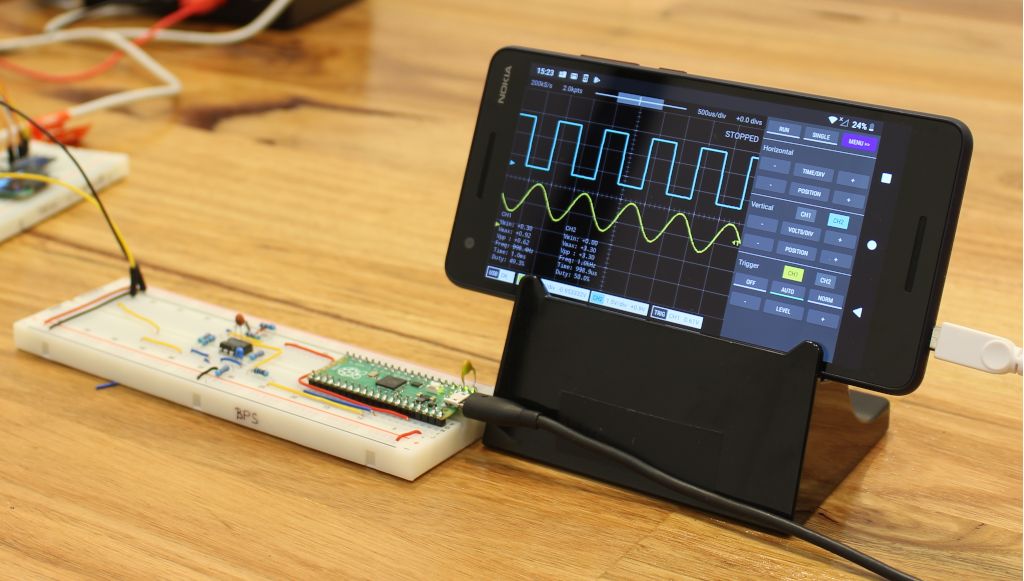
The specifications of this oscilloscope are not so impressive. It features a maximum sampling rate of 500kS/s shared between two channels. The resolution in time/div is 5us to 20 s. The memory depth ranges between 2kpts and 20kpts in run mode shared between channels and up to 100kpts for single-shot captures. It depends on the sampling rate. Scoppy can also work as an 8-channel logic analyzer with a sample rate of 25MS/s. The input voltage range is limited between 0 and 3.3V, and the signal to be analyzed must be within this allowed range. For measuring out-of-range voltages, you will need analog circuitry like a voltage divider or something more complex, depending on your requirements.
Regarding the Scoppy app, it features many basic oscilloscope features like continuous and single-shot capture, adjustable trigger settings, and a scalable waveform plot.
For getting started, you will need to install the Scoppy Android app, install the firmware available here on the Pico board, connect the Pico to your Android device, and you are ready to go. To use Scoppy as a logic analyzer, you need to change the mode in the app to ‘Logic Analyzer’.
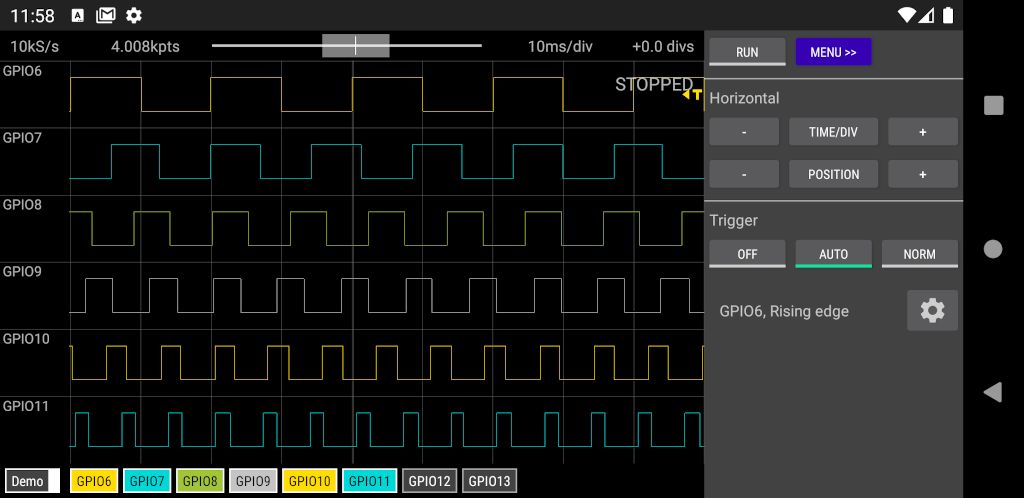
Detailed installation instructions and firmware can be found via this link.





